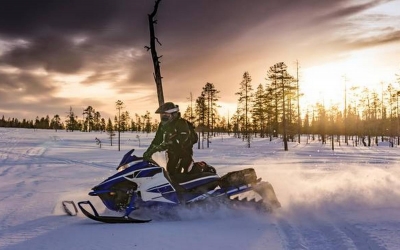
A podcast is a digital audio or video file that a user can download or stream and listen to. It is like an on demand internet radio where you can listen to anything you want whenever you want Usually, a podcast is an episodic series, but an individual file can also be called a podcast. The word podcast was suggested by British journalist and technologist Ben Hammersley in 2004.
Podcasts can be accessed through several mediums such as Ipods, desktop computers and smartphones. The first podcast commonly believed to have been published online is the Matt Schichter Interviews in October 2003.
One can find podcasts on a variety of topics from education to travel and life experiences. While most podcasts can be accessed for free. some are also available on a subscription basis.
How can you listen to a podcast?
Podcasts can be listened to on a desktop computer, smartphone or a digital media player such as an iPod. On a smartphone there are several apps that offer free podcasts such as Google Podcasts Spotify and Podcasts Just download any of the apps and get started. On the desktop, you can visit podcast sites directly or go to a website which also hosts podcasts, such as the BBC and The Guardian.
Podcasts for you
Here are a few websites offering podcasts that you can listen to in your free time:
BBC Podcasts
The BBC offers free podcasts on several topics. It also has a special station called School Radio which has podcasts that introduce you to the world of drama language and dance among others.
Science Friday
As the name suggests the website has podcasts on topics related to science and technology. The site has discussions by eminent personalities on topics such as alien life. climate change. and neuroscience. Apart from listening to podcasts, you can read up on several topics and also take part in STEM activities created by educators from around the world.
Wow in the World
Premiered in 2017. this podcast is by the National Public Radio. Aimed at kids, it explores several topics that will leave you thinking. It can be listened to online, or via one of the many podcast smartphone apps. It can also be downloaded for later use.
Can you upload a podcast?
Yes. Several podcast websites allow you to record your own podcast and upload it. There are also sites such as iTunes that let you host publish and maintain your own podcast series.
So, make the best use of your free time and listen to resourceful podcasts on a range of topics. And, if you fancy, you can upload your own and share your stories with the world.
Picture Credit : Google





